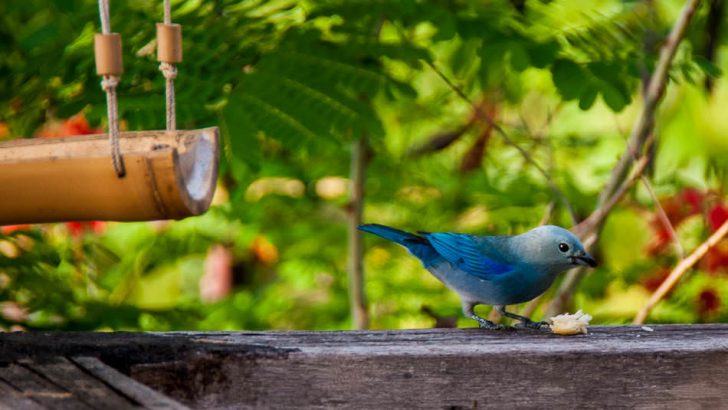Green Fingers
During the month of October your garden performs the quickest and most dramatic change of all, from cool greens to fire reds, oranges and yellows, to bare branches.
Go through your shrubberies/borders, remove all weeds so they don’t get an early start next spring. Give them a gentle tidy up, removing only the worst of the rubbish. Leave all seed heads in place, they not only look good but will provide much needed food for birds. Leave hollow stems for beneficial insects to overwinter in. Don’t be too tidy. Soon the leaves will fall from trees. Leave them in the beds where they fall. Only remove those that sit on the crown of plants, this prevents the crown from rotting.
Those on the ground will be food for earthworms. They will drag them down into the soil where they break down and improve soil structure.
Plant tulips and hyacinths towards the end of the month and into early next month. It’s still not too late to plant other spring bulbs. Sometimes spring bulbs are bought and left to be planted later, then forgotten about.
When found, the worst thing to do is to leave them. Plant them, no matter how late. They may not flower for a year or two but they will eventually flower when they recover. They definitely will not flower in a bag in the shed.
Structure
Over the coming season your garden will be laid bare. Its structure will become visible without foliage. Take a long hard look at what you have got. Is it a sterile, manmade wilderness or is it a multi-layered wildlife haven, providing food, water, shelter, nesting materials/sites for small animals, birds and insects? No matter what size the area, from balcony to parkland, making small changes that won’t detract from your enjoyment (it will improve it), but may make the difference between life and death for some of our native wildlife.
A multi-layered garden means one that contains trees (even just one), shrubs, sub-shrubs/plants and grasses. Introduce native trees that provide Autumn fruit such as mountain ash, hawthorn, birch and shrubs such as cotoneaster, holly and pyracantha, and sub-shrubs/plants such as ivy, teasel, heathers and grasses, be they in the border or as a lawn.
These are just some of the many possibilities that will help our native wildlife over winter but will also give your garden colour and contrast throughout the year. Create a log pile using logs, branches and twigs. This provides food and shelter for insects, who in turn provide food for birds and small animals.
Most important of all, provide a source of water, the giver of life.


 Paul Gargan
Paul Gargan
